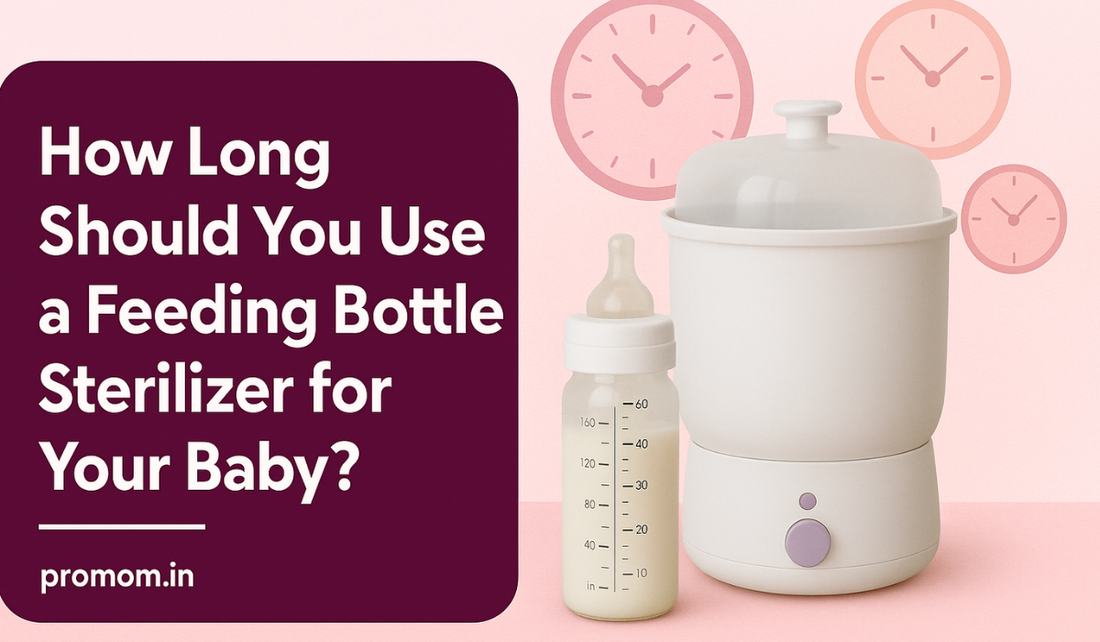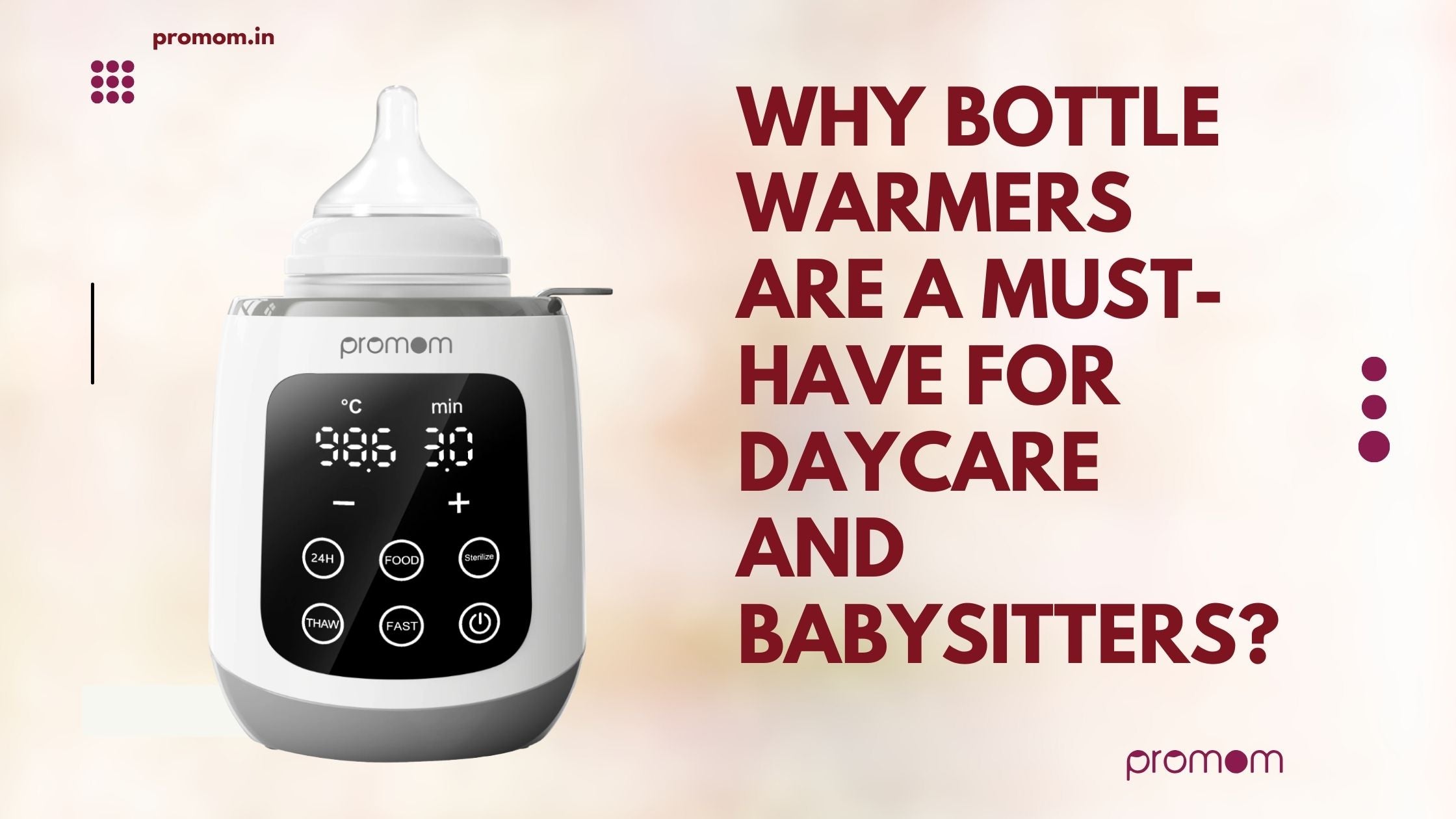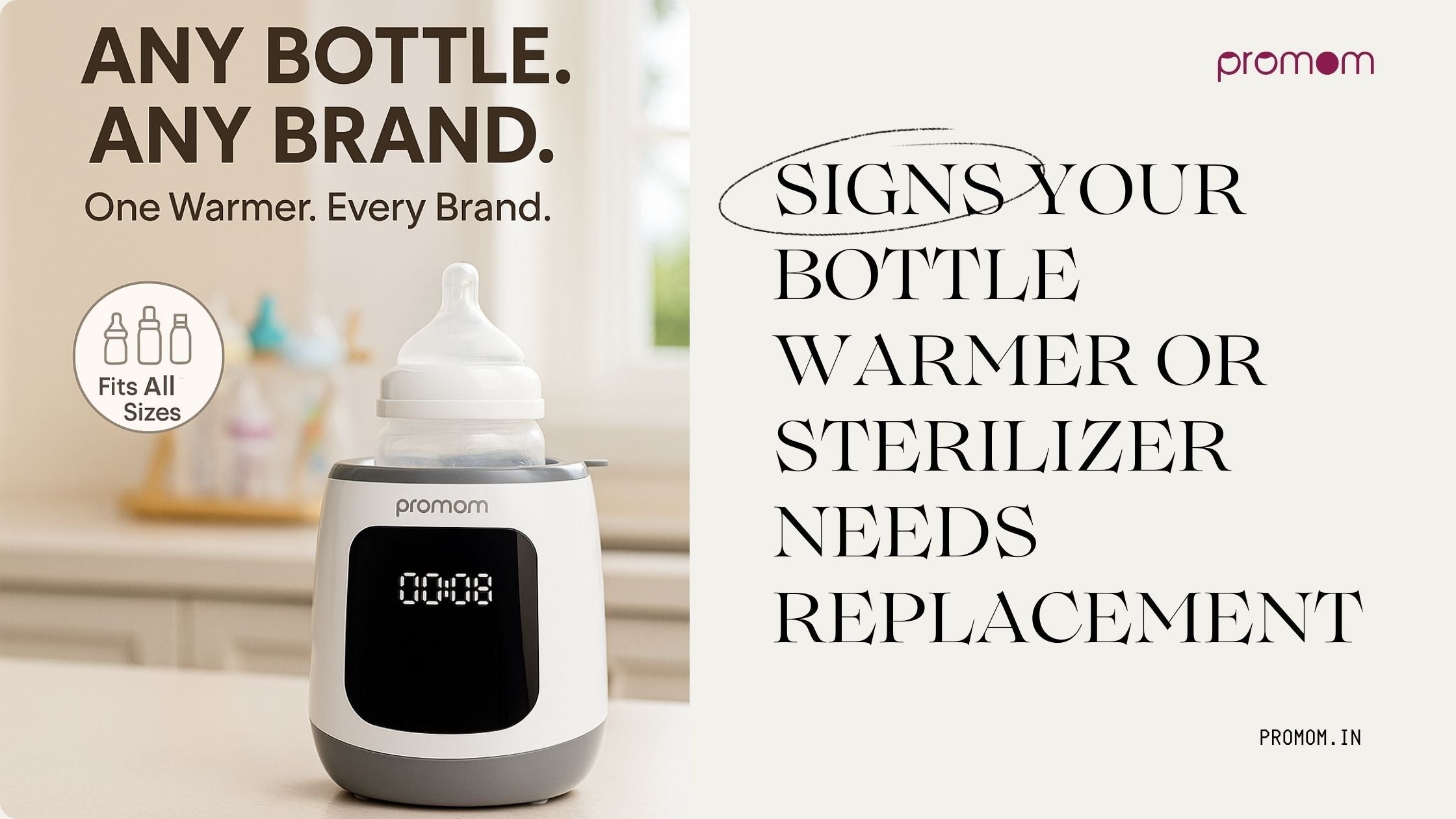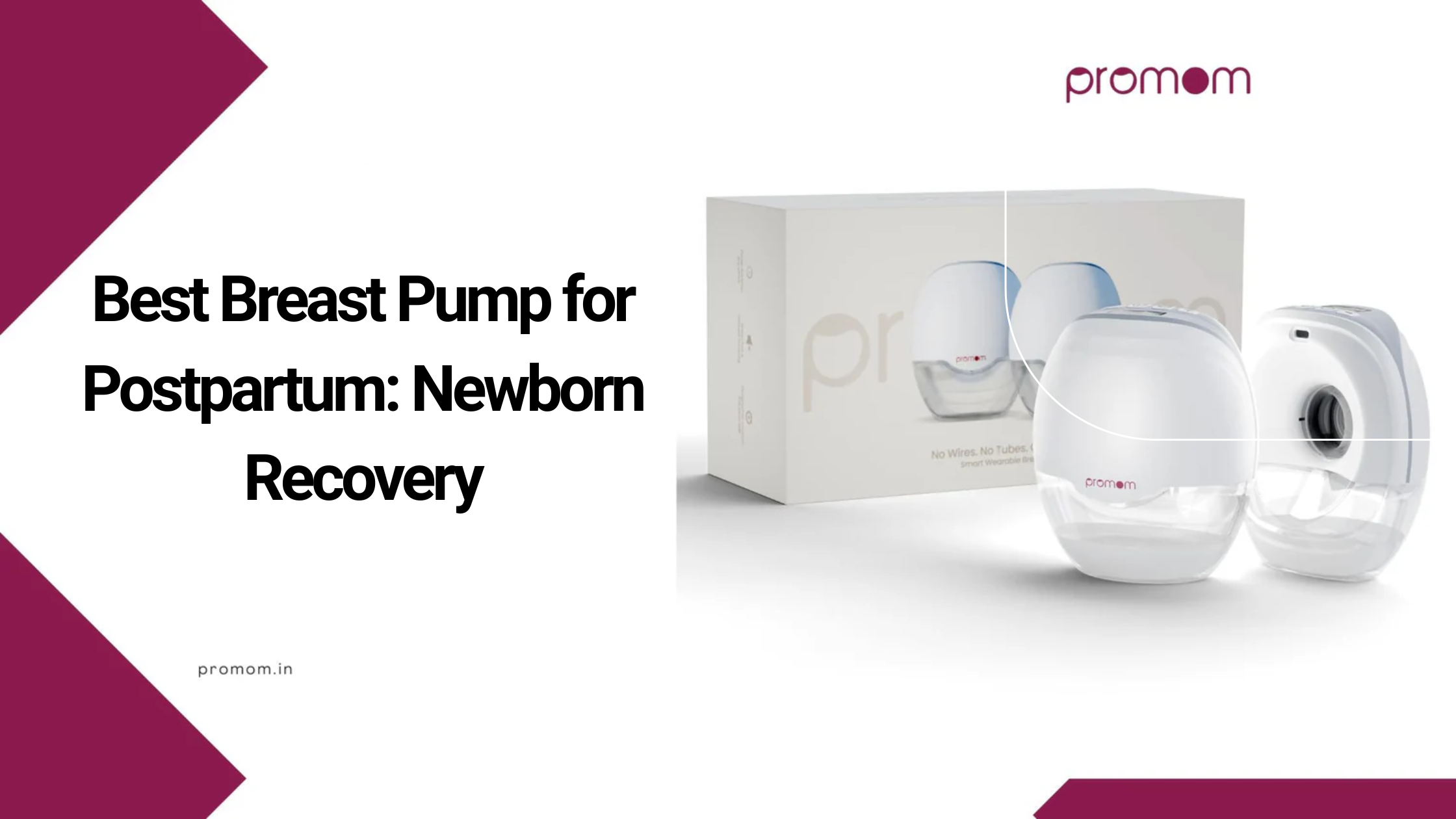
How Long Should You Use a Feeding Bottle Sterilizer for Your Baby?
Proper hygiene calls for sterilizing baby feeding bottles as soon as you are home with a newborn. A sterilizer for feeding bottles removes dangerous bacteria that might harm your baby’s immune system. How long should you keep properly cleaning those bottles? Is driving something you’ll do forever or only as a temporary need?
We’ll explain when you should begin and stop using a feeding bottle sterilizer, why that is important, and how to handle it. No matter if you are a new parent or simply care for others, this guide will help you understand fully.
Why Is Sterilization Important for Babies?
Infants, especially those who are new, do not have well-developed immune systems. It is possible for them to develop infections from bacteria, viruses, and fungi. Washing baby bottles well with hot soapy water can still leave some germs in place.
At this point, using a feeding bottle sterilizer makes a difference. The use of steam, UV light, or chemicals helps remove 99.9% of germs, so parents can be sure their baby's feeding items are cleaned well.
When Should You Begin to Use a Feeding Bottle Sterilizer?
It’s always been this simple: the answer is yes from the start. When your baby starts with bottle-feeding, sterilize every bottle, nipple, ring, and other feeding equipment.
Doctors and child care facilities often tell parents to use a feeding bottle sterilizer from birth so all feeding items are clean and safe.
Should You Sterilize Bottles Longer Than Recommended?
During the first 6 months
Pediatricians and experts commonly say that you should sterilize your baby’s bottles for the first six months after birth. At this stage, your child’s body is not as strong against infections as it will be later, so they are more at risk.
Cleaning bottles, nipples, and all the baby’s feeding items during these early months is very important for your baby’s safety.
After about 6 months
Once the baby turns six months old and starts on solid foods, the immune system improves. Now, it is safe to reduce the frequency of sterilizing baby bottles.
Parents may sterilize bottles each day, every few days, or simply wash them well using soap and hot water each time.
After the First 12 Months
Sterilizing bottles becomes less important after your baby is one year old. The immune system of a child has improved, and visiting new places often helps them build more resistance to diseases.
You can usually wash bottles and accessories with soap and hot water at this step, unless your pediatrician indicates another process.
Situations When You Should Continue Sterilizing
Even if your baby is older than six months, certain situations may require you to continue using a feeding bottle sterilizer regularly:
-
If your baby was born prematurely or has a weakened immune system
-
If your baby is ill or recovering from an infection
-
If you are feeding expressed breast milk that will be stored for some time
-
When traveling or in environments where cleanliness can’t be guaranteed
Tips for Using a Feeding Bottle Sterilizer Effectively
Do as the manufacturer recommends:
There are several ways feeding bottle sterilization can happen, such as with electricity, microwaves, or ultraviolet lights. Review and follow the steps provided by the manufacturer for using, safe handling, and proper sterilizing of the instruments. Misusing the equipment may decrease its effectiveness or harm your child’s feeding supplies.
Start with clean bottles:
To use the bottle sterilizer properly, always wash the bottles, nipples, and other accessories with warm soapy water. Pre-cleaning mops up residual materials in the sterilizer and helps avoid bacteria from growing.
Be sure to use your sterilizer regularly.
Always make sure to sterilize your baby’s bottles before feeding your baby for the first six months. Regularly keeping bottles sterilized prevents harmful bacteria and makes infections much less likely for your baby, especially when bottle feeding.
Properly Store All Sterilized Bottles:
Then, put sterilized bottles into either a clean and sealed container or the sterilizer until you need to use them. It means avoiding exposure to germs and preventing any bacteria from forming until your baby drinks from the bottle.
Change the Bottles and Nipples When Appropriate:
Check the bottles and nipples often for any wear, cracks, or changes in color. Substitute any spoiled components quickly, since this will keep the feeder clean and free of danger. If accessories are worn or damaged, they can become places where bacteria are hiding and may make your baby sick.
Conclusion
It is very important to sterilize feeding bottles, especially until your baby is six months old, as their immune system is still growing. Next, lower how often you sterilize, but remember to continue cleaning correctly.
Take a look at Promom’s advanced sterilisers for feeding bottles, which are made for parents who always seem busy. Promom’s user-friendly design and advanced sterilization process allow you to ensure your baby’s bottles are clean regardless of your location.


